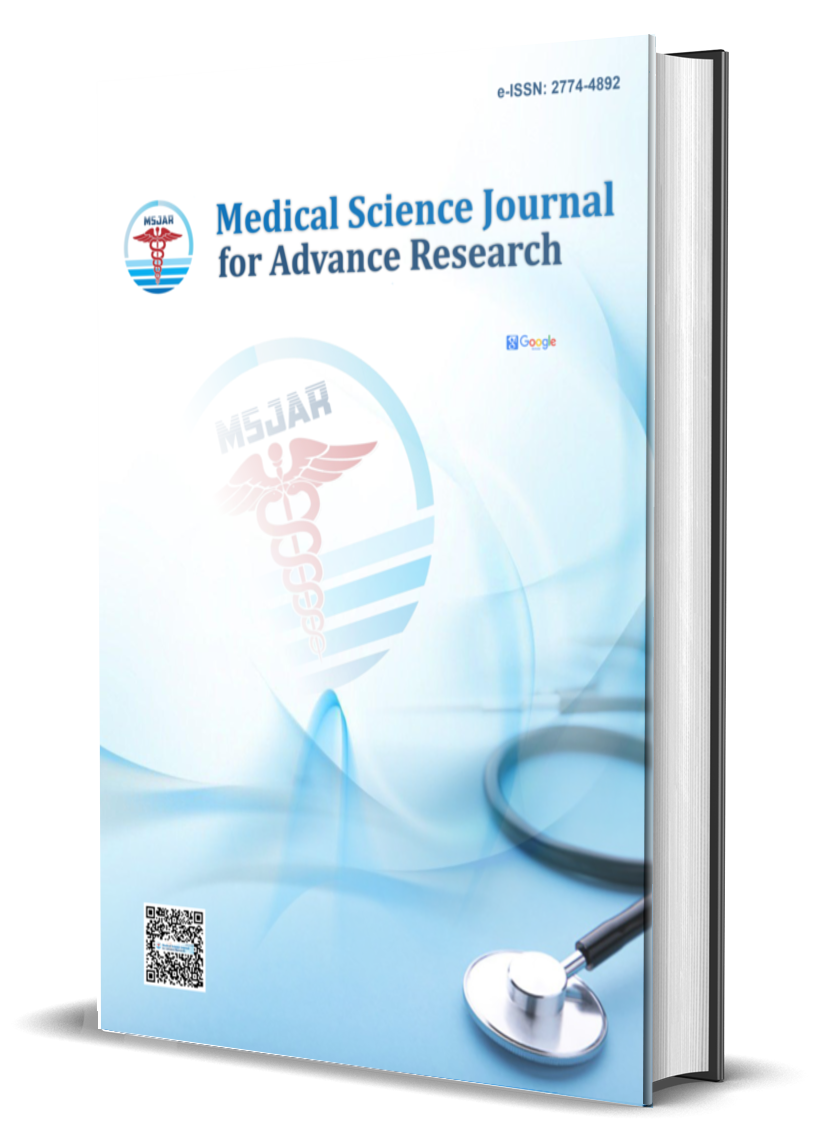Main Article Content
Abstract
Background: Rapid and accurate diagnosis of acute myocardial infarction (AMI) is critical. While high-sensitivity cardiac troponin (hs-cTn) assays are the contemporary standard, rapid qualitative troponin tests offer speed and simplicity, though their diagnostic performance in direct comparison remains a key clinical question. Objective: This study aimed to compare the diagnostic efficacy of a contemporary hs-cTn assay with a qualitative rapid troponin test in patients presenting with suspected acute coronary syndrome (ACS). Materials and Methods: A cross-sectional study was conducted on 100 patients with suspected ACS. All patients underwent simultaneous testing with a quantitative hs-cTnI assay (gold standard) and a qualitative rapid troponin test (detection threshold: 0.5 ng/mL). Diagnostic performance including sensitivity, specificity, and predictive values—was calculated for the rapid test against the hs-cTn reference. Results: The hs-cTn assay demonstrated 100% sensitivity and specificity. In contrast, the rapid troponin test showed perfect specificity (100%) and positive predictive value (100%), but a critically low sensitivity of 32.8%. It produced 43 false-negative results, yielding a negative predictive value of 46% and an overall diagnostic efficiency of only 57%. Conclusion: The high-sensitivity troponin assay is vastly superior for the early diagnosis of AMI, enabling reliable rule-in and rule-out protocols. The rapid troponin test's poor sensitivity renders it unsuitable as a standalone diagnostic tool in the emergency evaluation of suspected AMI, due to an unacceptably high rate of missed diagnoses.
Keywords
Article Details

This work is licensed under a Creative Commons Attribution 4.0 International License.





